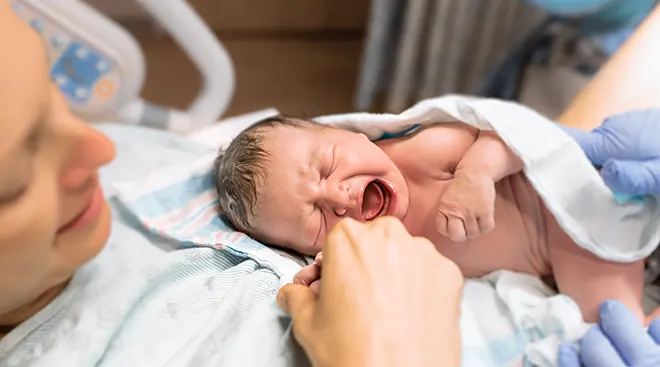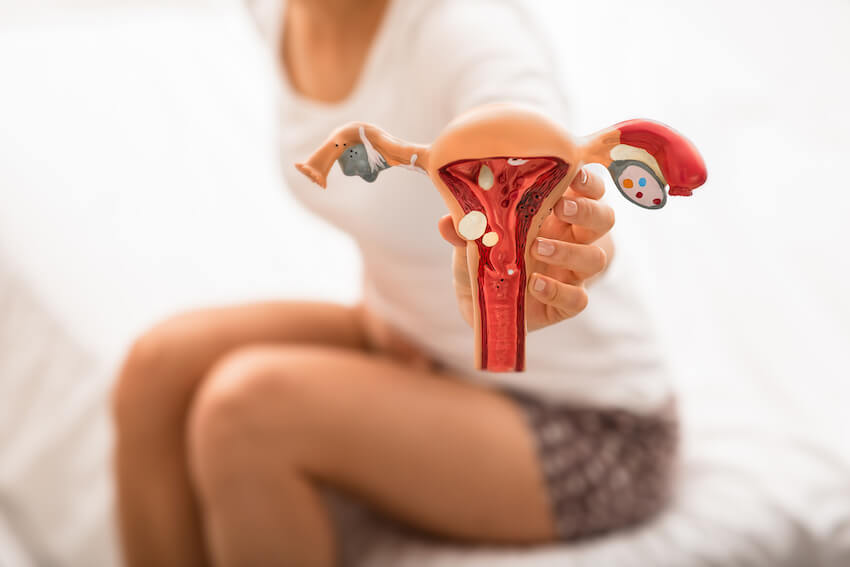Pregnancy is often described as one of the most joyful times in a woman’s life. But when the words “high-risk pregnancy” enter the conversation, it’s natural to feel overwhelmed. The truth is, high-risk pregnancies are more common than you might think — and with the expert care in high-risk pregnancy New Delhi offers, many women go on to have healthy, happy births.
What Does a High-Risk Pregnancy Mean?
A high-risk pregnancy simply means there are certain factors that may pose a higher chance of complications for the mother or the baby. This could be due to age, medical history, current health conditions, or issues developing during pregnancy. It doesn’t mean something will go wrong — it just means that more attention and care are required.

If your doctor has flagged your pregnancy as high-risk, don’t panic. The goal is to provide the right support and monitoring to keep both you and your baby safe. With expert care in high-risk pregnancy New Delhi, you’re in good hands from day one.
Common Reasons for High-Risk Pregnancies
Your doctor may recommend additional care if:
- You’re over the age of 35 or under 17
- You have chronic health issues like diabetes, high blood pressure, or thyroid conditions
- You’re expecting twins, triplets, or more
- You’ve experienced miscarriages or premature delivery before
- Lifestyle factors like smoking, alcohol use, or poor nutrition are affecting your health
- Complications such as preeclampsia arise during pregnancy
Each of these situations requires personalized care — and that’s exactly what an expert in high-risk pregnancy New Delhi will provide.
What is Preeclampsia?
Preeclampsia is a serious condition that typically appears after 20 weeks of pregnancy. It’s marked by high blood pressure and signs of damage to another organ, often the liver or kidneys. Symptoms to watch for include:
- Persistent headaches
- Sudden swelling in the hands or face
- Blurred vision or seeing spots
- Upper abdominal pain
If you notice any of these, don’t ignore them. Seek advice from a preeclampsia specialist in New Delhi immediately. Early intervention can protect both you and your baby.
What to Expect From High-Risk Pregnancy Care
If you’re working with a high-risk pregnancy doctor in New Delhi, your care plan will likely include:

- Detailed health history review
- Frequent ultrasounds and monitoring sessions
- Blood pressure and blood sugar monitoring
- Lifestyle and dietary recommendations tailored to your condition
- A customized labor and delivery plan
- Access to neonatal care specialists if needed
With expert care in high-risk pregnancy New Delhi, you’re not just getting more appointments — you’re getting a dedicated medical team who understands your unique needs.
Finding the Right Specialist
Your choice of doctor matters even more in a high-risk pregnancy. Look for the best gynecologist for high-risk pregnancy in Delhi — someone who:
- Specializes in high-risk obstetrics
- Has experience managing conditions like preeclampsia or gestational diabetes
- Takes time to explain your care
- Offers support beyond check-ups
- Has access to advanced maternal and neonatal care
Building trust with your care provider is key. It allows you to ask questions, voice concerns, and make informed decisions every step of the way.
conclusion
A high-risk pregnancy can feel daunting, but with the expert care in high-risk pregnancy New Delhi provides, you don’t have to go through it alone. With the right doctor, the right care plan, and the right mindset, you can navigate this journey with confidence.
Yes, your path to motherhood might look different — but it can still be just as beautiful, just as meaningful, and just as full of love.
Take the Next Step
If you believe you might need high-risk care, don’t delay. Reach out to a trusted high-risk pregnancy doctor in New Delhi today. The earlier you begin specialized care, the better your chances of a healthy, happy outcome.



























